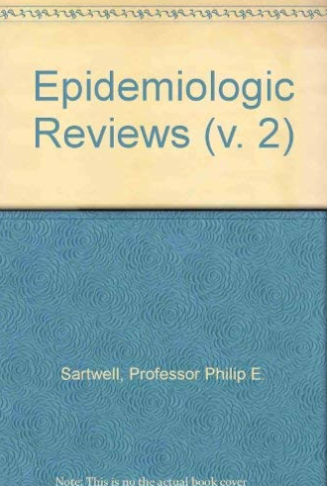Post-Exposure Effects of Vaccines on Infectious Diseases.
IF 3.8
2区 医学
Q1 PUBLIC, ENVIRONMENTAL & OCCUPATIONAL HEALTH
引用次数: 21
Abstract
Many available vaccines have demonstrated post-exposure effectiveness, but no published systematic reviews have synthesized these findings. We searched the PubMed database for clinical trials and observational human studies concerning the post-exposure vaccination effects, targeting infections with Food and Drug Administration licensed vaccine plus dengue, hepatitis E, malaria, and tick borne encephalitis, which have licensed vaccines outside of the U.S. Studies concerning animal models, serologic testing, and pipeline vaccines were excluded. Eligible studies were evaluated by definition of exposure, and their attempt at distinguishing pre- and post-exposure effects was rated on a scale of 1-4. We screened 4518 articles and ultimately identified 14 clinical trials and 31 observational studies for this review, amounting to 45 eligible articles spanning 7 of the 28 vaccine-preventable diseases. For secondary attack rate, this body of evidence found the following medians for post-exposure vaccination effectiveness: hepatitis A: 85% (IQR: 28; 5 sources), hepatitis B: 85% (IQR: 22; 5 sources), measles: 83% (IQR: 21; 8 sources), varicella: 67% (IQR: 48; 9 sources), smallpox: 45% (IQR: 39; 4 sources), and mumps: 38% (IQR: 7; 2 sources). For case fatality proportions resulting from rabies and smallpox, the vaccine efficacies had medians of 100% (IQR: 0; 6 sources) and 63% (IQR: 50; 8 sources) postexposure. Although mainly used for preventive measures, many available vaccines can modify or preclude disease if administered after exposure. This post-exposure effectiveness could be important to consider during vaccine trials and while developing new vaccines.疫苗对传染病的暴露后影响。
许多可用的疫苗已经证明了暴露后的有效性,但没有发表的系统综述综合了这些发现。我们在PubMed数据库中搜索了有关暴露后疫苗接种效果的临床试验和观察性人体研究,针对的是美国食品药品监督管理局许可的疫苗加上登革热、戊型肝炎、疟疾和蜱传脑炎的感染,这些疫苗已在美国以外获得许可,管道疫苗被排除在外。符合条件的研究根据暴露的定义进行评估,并对其区分暴露前和暴露后影响的尝试进行1-4的评分。我们筛选了4518篇文章,最终确定了14项临床试验和31项观察性研究,共计45篇符合条件的文章,涵盖28种疫苗可预防疾病中的7种。关于二次发病率,该证据发现暴露后疫苗接种有效性的中位数如下:甲型肝炎:85%(IQR:28;5个来源),乙型肝炎:85%。对于狂犬病和天花引起的病死率,疫苗的有效性在暴露后分别为100%(IQR:0;6个来源)和63%(IQR:50;8个来源)。尽管主要用于预防措施,但如果在暴露后接种,许多可用的疫苗可以改变或预防疾病。这种暴露后的有效性在疫苗试验和开发新疫苗时可能很重要。
本文章由计算机程序翻译,如有差异,请以英文原文为准。
求助全文
约1分钟内获得全文
求助全文
来源期刊

Epidemiologic Reviews
医学-公共卫生、环境卫生与职业卫生
CiteScore
8.10
自引率
0.00%
发文量
10
期刊介绍:
Epidemiologic Reviews is a leading review journal in public health. Published once a year, issues collect review articles on a particular subject. Recent issues have focused on The Obesity Epidemic, Epidemiologic Research on Health Disparities, and Epidemiologic Approaches to Global Health.
 求助内容:
求助内容: 应助结果提醒方式:
应助结果提醒方式:


